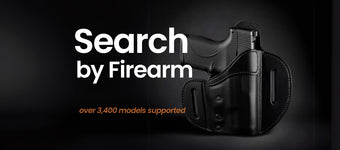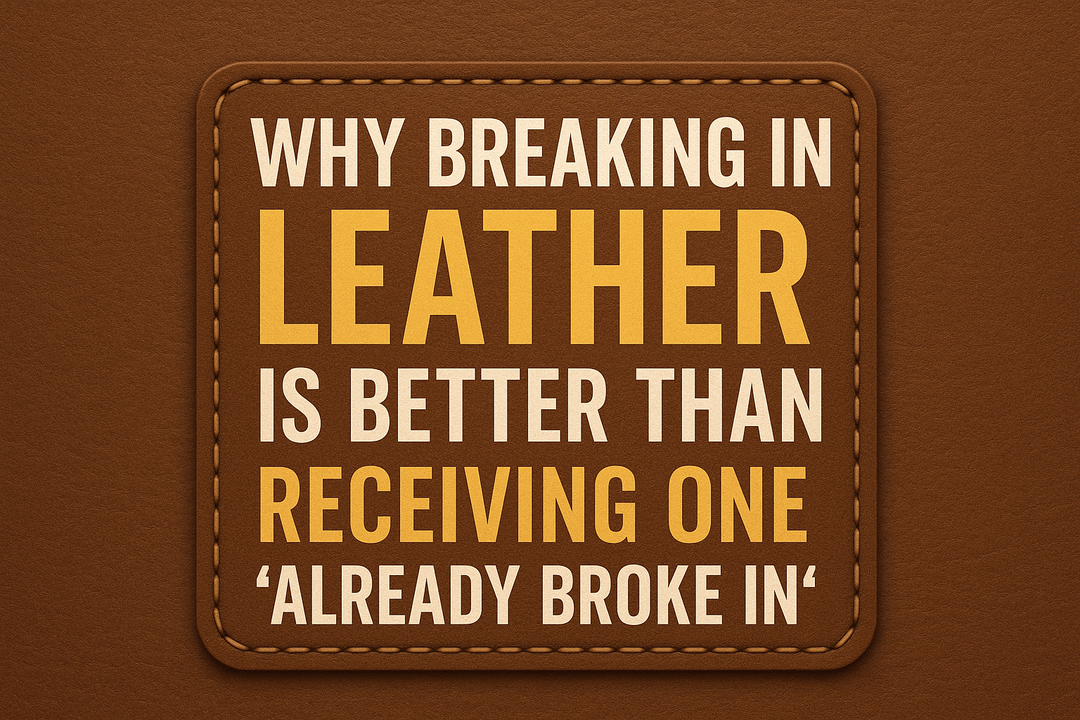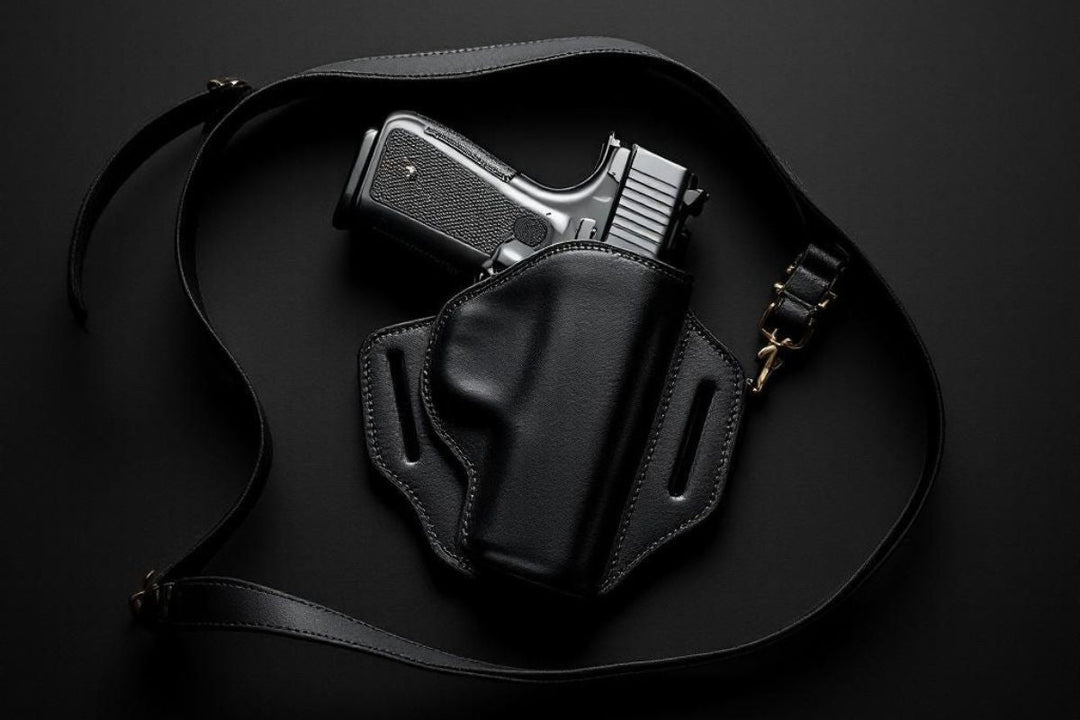Shoulder Holster vs. Hip Holster: Which Carry Method is Right for You?
Let’s dig into the differences so you can decide which one fits your carry style.
1. 🕰️ Comfort & All-Day Wear
- Shoulder Holster: Spreads the weight across your shoulders and back instead of your waist. This can be more comfortable for long hours of wear, especially if you’re seated most of the day or have back/hip issues. However, shoulder rigs can feel bulky under light clothing.
- Hip Holster: Places the weight on your beltline. For most people, this feels natural and unobtrusive, especially with a well-designed holster and sturdy belt. Can cause pressure when seated for long periods, especially with larger firearms.
2. 🥷 Concealment & Clothing Requirements
- Shoulder Holster: Concealment generally requires a jacket, coat, or overshirt. In warm weather or casual environments, this can be a challenge.
- Hip Holster: Easier to conceal with a wider range of clothing options — just a shirt or hoodie can do the job for inside-the-waistband carry.
3. 💪 Draw Speed & Accessibility
- Shoulder Holster: The draw motion is across the body, which can be slower for some and requires care to avoid sweeping bystanders with the muzzle. It can be faster for seated positions (vehicles, desks) where a hip draw is awkward.
- Hip Holster: Direct and quick draw from the waist, ideal for standing or moving scenarios. Seated access can be slower, especially with seatbelts in play.
4. ⚖️ Firearm Size & Weight Handling
- Shoulder Holster: Excellent for carrying larger or heavier firearms. The weight is better distributed and less likely to drag your pants down.
- Hip Holster: Works best with compact or mid-size guns. Heavy full-size pistols can be carried on the hip, but they’ll require a high-quality belt and holster.
5. 🔒 Retention & Security
- Shoulder Holster: Good retention options available, but the gun’s position may make it more accessible to someone standing behind or beside you in close quarters.
- Hip Holster: More natural for you to guard and control during a struggle, especially if you’ve trained for weapon retention.
Bottom Line
Choose a shoulder holster if you:
- Spend long hours sitting or driving
- Regularly carry a full-size or heavy firearm
- Often wear jackets or coats
Choose a hip holster if you:
- Need quick, consistent draw while standing
- Live in a warm climate with light clothing
- Want the most common, versatile carry option


Richard Calvette
Firearms Expert, Urban Carry Holsters
I've been with Urban Carry Holsters since 2020, proudly serving as the Firearms Expert. Before that, I served 8 years in the United States Marine Corps, including a deployment to Iraq from 2009 to 2010. During my time in the Infantry as a Sergeant, I developed a deep interest in the wide range of firearms we used. It fascinated me to learn why specific weapons were chosen for different missions and roles.Breaking into the firearms industry wasn't easy, but persistence paid off. While attending a trade show, I discovered the Sonoran Desert Institute. That opportunity led me to earn an Associate of Science in Firearms Technology, along with certifications as a Pistol Expert and Range Safety Officer.My passion for firearms continues to grow every day. I'm always learning, always improving, and always striving to bring that knowledge and experience to the work we do here at Urban Carry.





